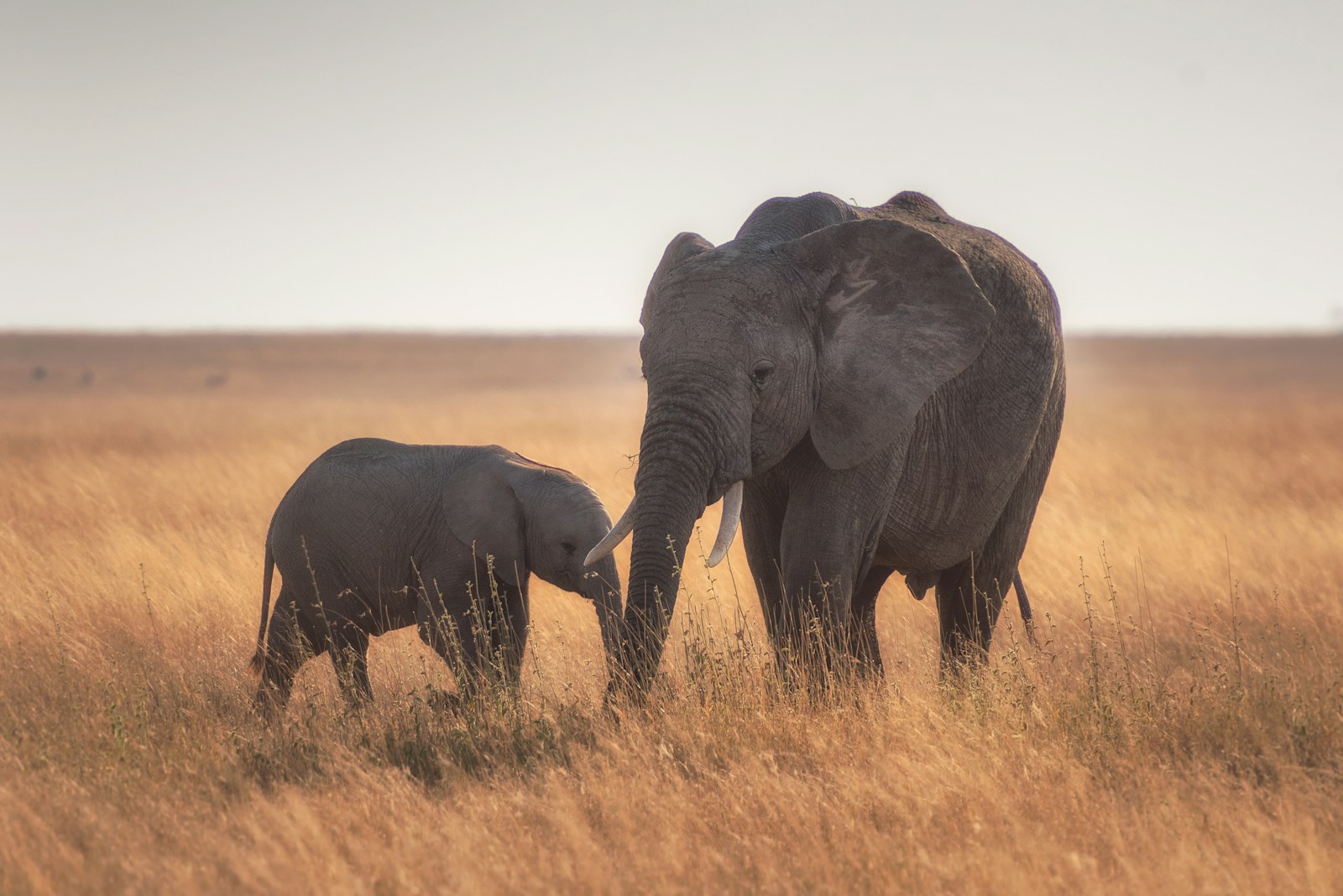Exploring the Wonders of Tarangire National Park: A Hidden Gem in Tanzania
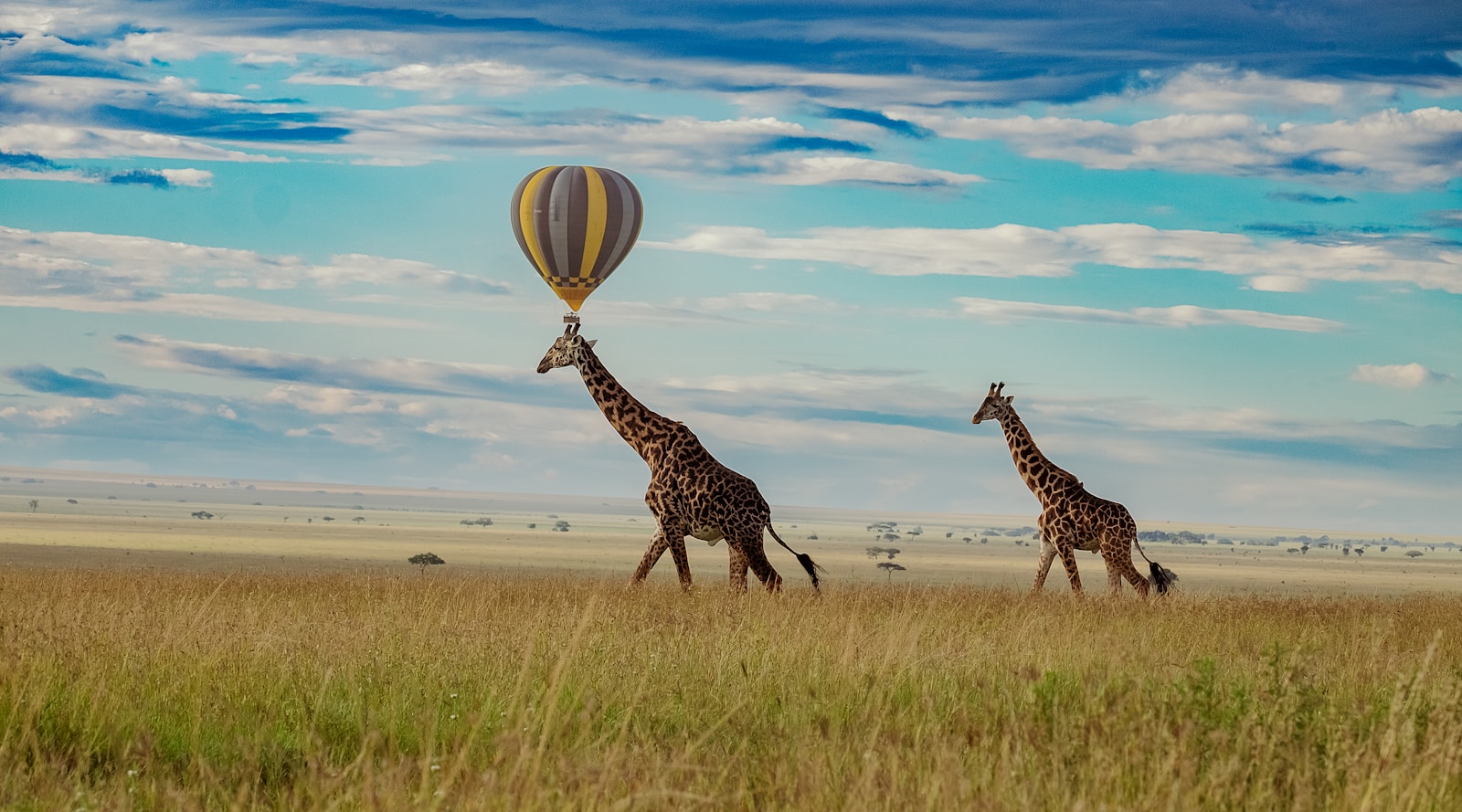
Exploring the Wonders of Tarangire National Park: A Hidden Gem in Tanzania
Tanzania, renowned for its diverse landscapes and rich wildlife, is a dream destination for nature enthusiasts and adventurers. While the Serengeti and Ngorongoro Crater often steal the spotlight, Tarangire National Park remains a less-crowded gem that offers an equally captivating safari experience. Located in the northern part of Tanzania, Tarangire National Park is an expansive area known for its dense wildlife population, stunning landscapes, and unique baobab trees. This blog will take you on a journey through the park’s distinctive features, wildlife, and the best ways to experience its natural beauty.
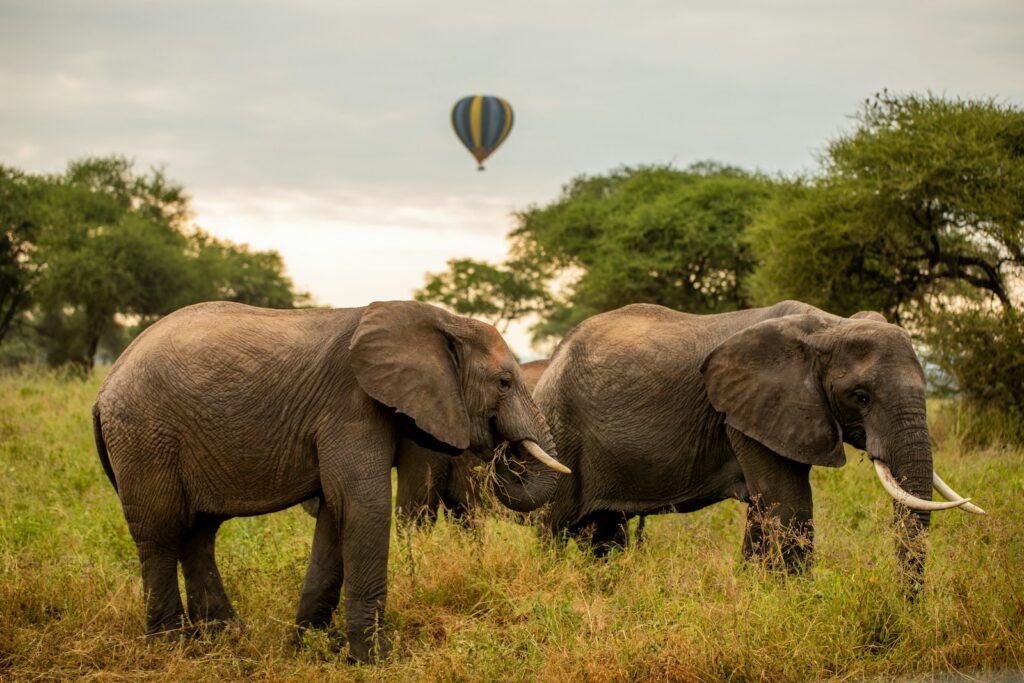
A Landscape Unlike Any Other
Spanning approximately 2,850 square kilometers, Tarangire National Park is the sixth-largest national park in Tanzania. The park is named after the Tarangire River, which flows through the heart of the reserve and serves as a critical water source for animals, especially during the dry season. The landscape of Tarangire is incredibly diverse, featuring open grasslands, swamps, and forests. However, what truly sets it apart are the iconic baobab trees, which dot the landscape and give the park a unique and enchanting atmosphere. These ancient trees, often referred to as the “upside-down trees,” can live for thousands of years and are a crucial part of the park’s ecosystem.
The Tarangire River is the lifeblood of the park, drawing animals from far and wide, particularly during the dry months from June to October. During this time, the river becomes a magnet for wildlife, offering visitors unparalleled opportunities for game viewing. The park’s varied terrain also supports diverse vegetation, from acacia woodlands to dense brush, providing a rich habitat for different species.
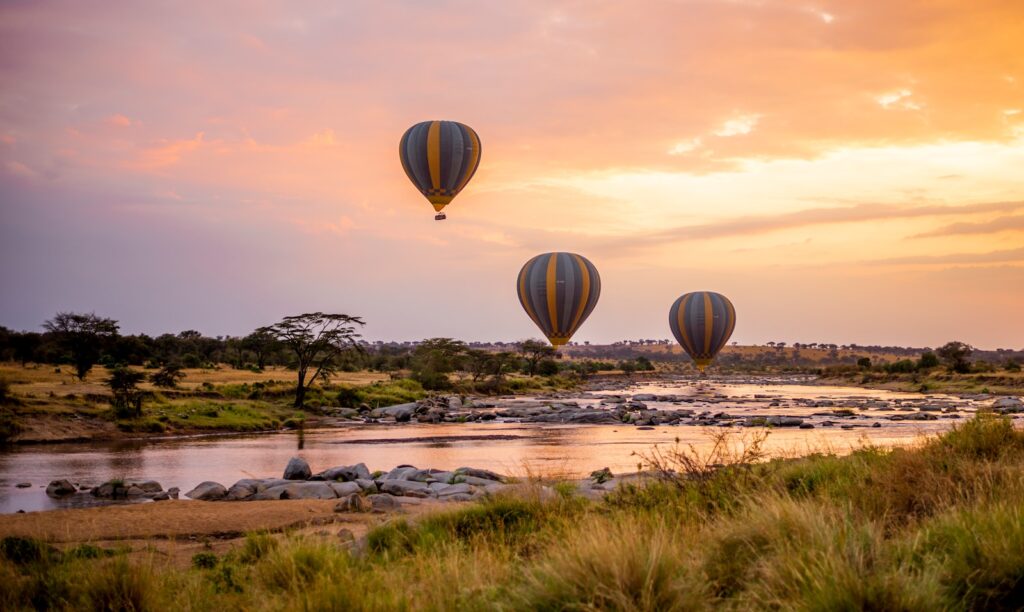
The Wildlife of Tarangire National Park
Tarangire National Park is a wildlife haven, home to one of the largest concentrations of elephants in Africa. Herds of these majestic creatures can often be seen roaming the park, making it a prime destination for elephant enthusiasts. The sight of elephants bathing in the river, playing with their young, or simply moving gracefully across the landscape is an unforgettable experience.
In addition to elephants, Tarangire is known for its impressive diversity of animals. The park is home to over 700 lions, making it an excellent location for spotting these apex predators. Cheetahs, leopards, and hyenas also roam the area, adding to the park’s predatory allure. The dense vegetation along the riverbanks provides an ideal habitat for leopards, who are often elusive and more challenging to spot.
For birdwatchers, Tarangire is a paradise with over 500 bird species recorded within the park. The park’s wetlands attract a variety of waterbirds, including pelicans, storks, and herons. The diverse ecosystems within the park also support a range of raptors, such as the African fish eagle and the martial eagle. The vibrant colors and songs of these birds add an additional layer of beauty to the Tarangire experience.
The park’s herbivore population is equally impressive. Large herds of wildebeest, zebras, and buffaloes can be seen grazing in the open grasslands. The park is also one of the few places in Tanzania where you can find the fringe-eared oryx and the long-necked gerenuk. The presence of these lesser-known species adds to the park’s appeal for wildlife enthusiasts seeking to spot unique animals.
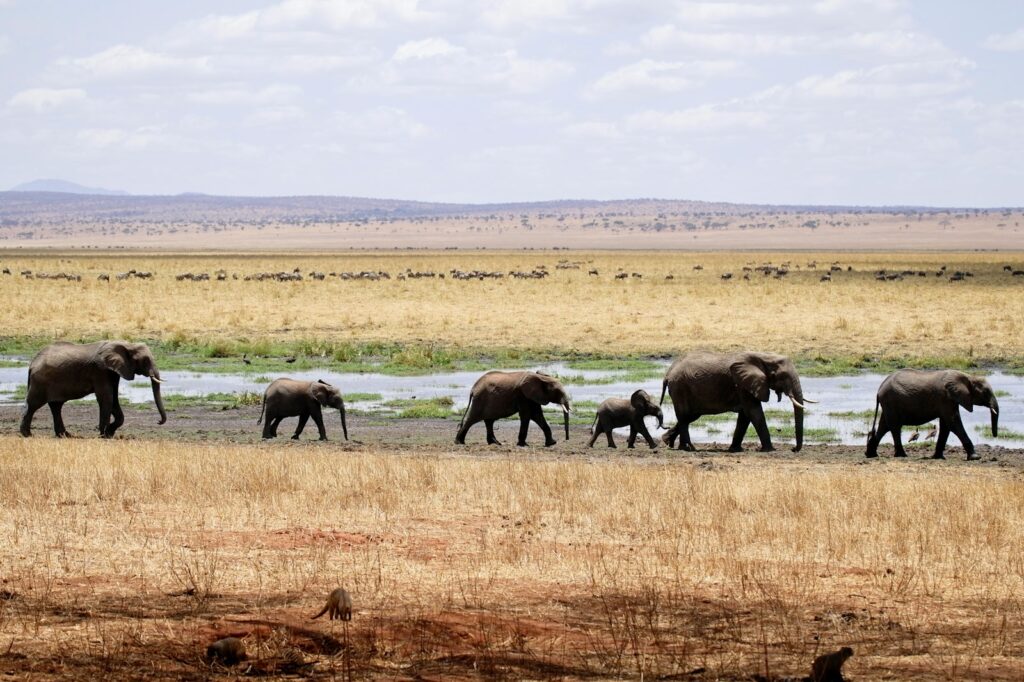
Unique Attractions and Activities
One of the unique features of Tarangire National Park is its high density of baobab trees. These towering giants, with their massive trunks and distinctive silhouettes, create a surreal landscape that feels almost otherworldly. The baobabs are not just visually striking; they also play a vital role in the ecosystem. They provide shelter and food for a variety of animals and birds, and their hollowed trunks can store water, which is a crucial resource during the dry season.
Visitors to Tarangire can explore the park in several ways. Game drives are the most popular activity, allowing visitors to traverse the park’s varied landscapes and observe its wildlife up close. Whether you’re on a guided tour or a self-drive safari, the park offers numerous roads and trails that lead to prime wildlife viewing areas. Early morning and late afternoon drives are particularly rewarding, as these are the times when animals are most active.
For those looking to experience the park from a different perspective, walking safaris are a fantastic option. Accompanied by an experienced guide, walking safaris offer a more intimate experience with nature. You’ll have the opportunity to learn about the park’s flora and fauna, track animals, and even spot smaller creatures that are often overlooked during game drives. The thrill of walking in the wild, surrounded by the sounds and sights of nature, is an experience like no other.
Another unique activity in Tarangire is a visit to one of the local Maasai villages. The Maasai people have lived in harmony with the land for centuries, and visiting their villages offers a fascinating insight into their culture and traditions. You can learn about their way of life, traditional dances, and crafts, and even purchase handmade jewelry and souvenirs. This cultural experience adds depth to your safari and helps support the local communities.
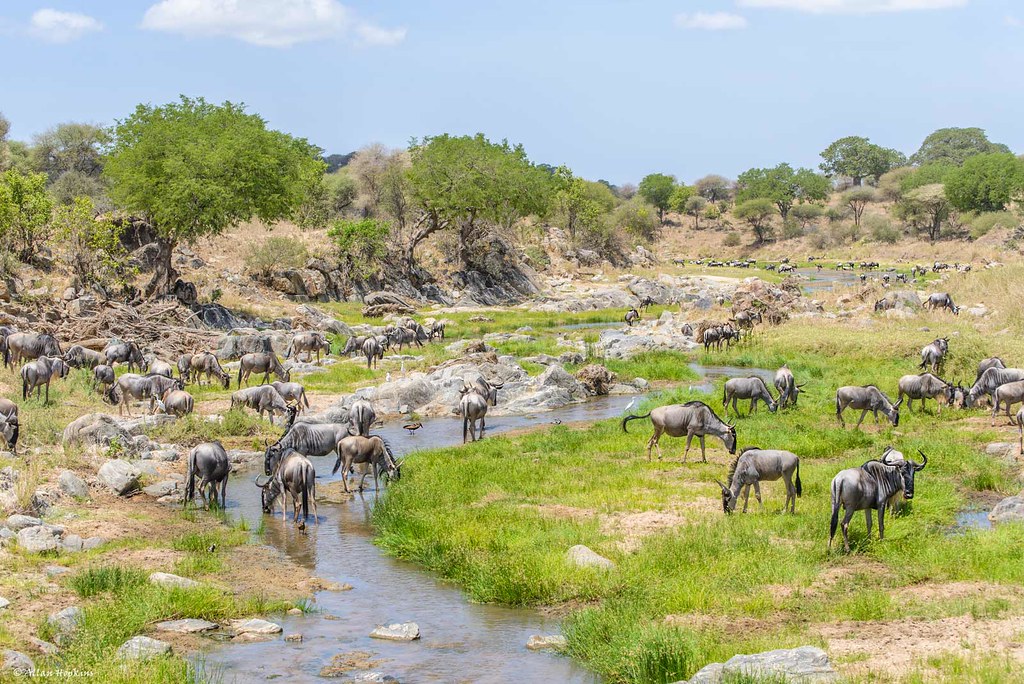
The Best Time to Visit Tarangire National Park
The best time to visit Tarangire National Park largely depends on what you want to experience. The dry season, from June to October, is considered the best time for wildlife viewing. During these months, the Tarangire River becomes the primary water source in the region, attracting large concentrations of animals. The lack of water elsewhere means that animals are more likely to congregate around the river, making it easier to spot a wide variety of species. The dry season also offers excellent conditions for game drives, with clear skies and fewer insects.
The wet season, from November to May, transforms the park into a lush, green paradise. While the wildlife may be more dispersed due to the abundance of water, the wet season offers its own unique experiences. The landscape becomes vibrant, and the birdlife is particularly abundant during this time, with many migratory species present. This is also the calving season for many animals, so you may have the opportunity to see newborn animals taking their first steps. Additionally, the wet season is considered the low tourist season, so you can enjoy a more tranquil and uncrowded experience.
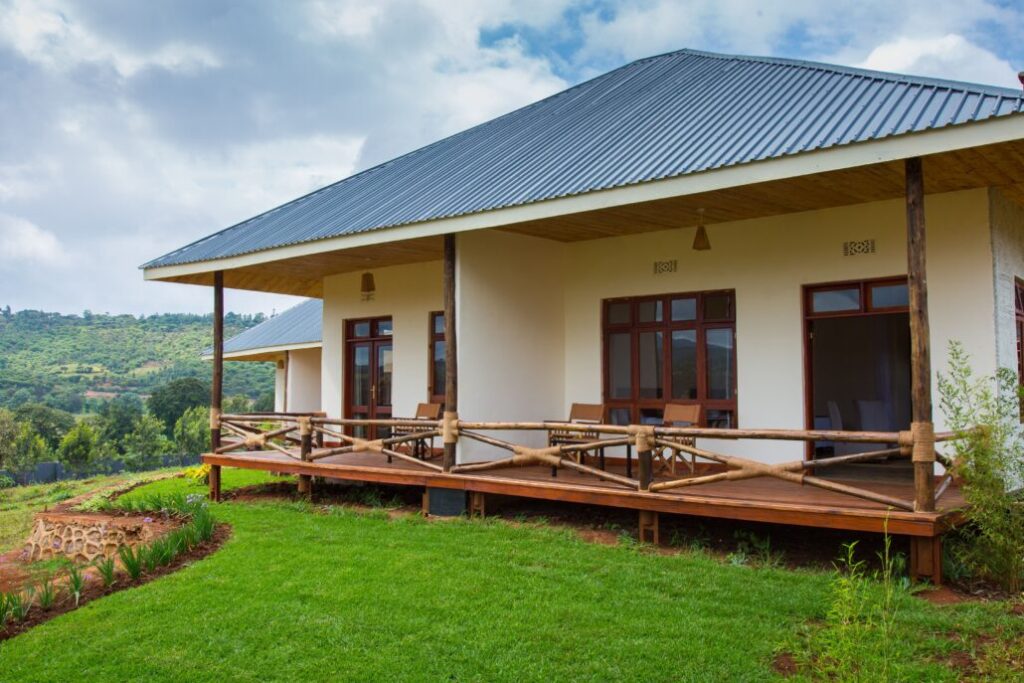
Accommodation Options
Tarangire National Park offers a range of accommodation options to suit different budgets and preferences. From luxurious lodges to budget-friendly campsites, there’s something for everyone.
For a more luxurious experience, there are several upscale lodges and tented camps located within or near the park. These accommodations often offer all-inclusive packages, including guided game drives, meals, and other activities. Many of these lodges are situated in prime locations, offering stunning views of the park and easy access to wildlife viewing areas. Staying at one of these lodges allows you to enjoy the comforts of modern amenities while being immersed in nature.
For a more rustic and adventurous experience, there are several campsites within the park. Camping in Tarangire allows you to get closer to nature and enjoy the sights and sounds of the wilderness at night. Some campsites are basic, offering just the essentials, while others provide more amenities such as hot showers and cooking facilities. Whether you choose a lodge or a campsite, staying within the park allows you to make the most of your safari experience, with the opportunity for early morning and late afternoon game drives.
Conservation and Community Efforts
Tarangire National Park is not only a place of natural beauty and wildlife but also a site of significant conservation efforts. The park is managed by the Tanzania National Parks Authority (TANAPA), which works to protect the park’s ecosystems and wildlife. Efforts to combat poaching, manage human-wildlife conflicts, and promote sustainable tourism are ongoing. TANAPA also collaborates with local communities to ensure that conservation efforts benefit both the park and the people living nearby.
In recent years, community-based tourism initiatives have gained momentum in Tarangire. These initiatives aim to involve local communities in tourism activities, providing them with economic benefits while preserving their cultural heritage. By participating in cultural tours and purchasing local crafts, visitors can support these initiatives and contribute to the sustainable development of the area.
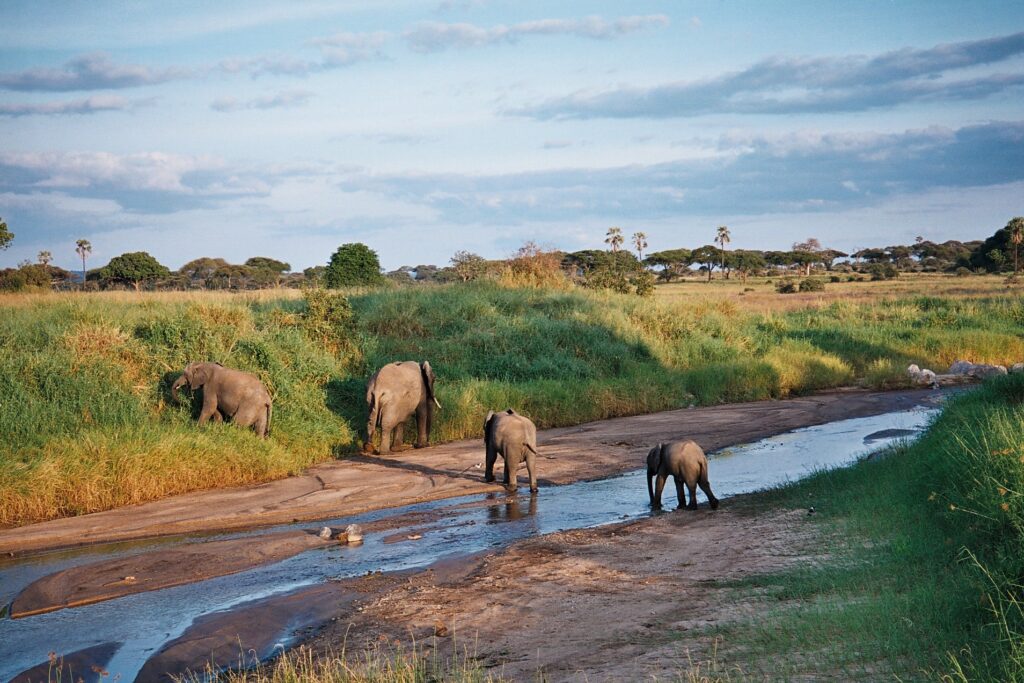
Conclusion: A Must-Visit Destination
Tarangire National Park is a hidden gem in Tanzania’s northern safari circuit, offering a unique and rewarding experience for visitors. With its diverse landscapes, abundant wildlife, and rich cultural experiences, the park provides a perfect blend of adventure and relaxation. Whether you’re an avid wildlife enthusiast, a birdwatcher, or simply someone looking to connect with nature, Tarangire has something to offer.
The park’s unique features, such as its large elephant population, iconic baobab trees, and the seasonal migration of animals, make it a must-visit destination. The opportunity to explore the park through game drives, walking safaris, and cultural visits ensures that every visitor can have a personalized and memorable experience.
As you plan your trip to Tanzania, consider adding Tarangire National Park to your itinerary. It may not be as well-known as some of the other parks, but its beauty, wildlife, and tranquility make it a destination worth exploring. Whether you visit during the dry season for prime game viewing or the wet season for a lush, green landscape and abundant birdlife, Tarangire promises an unforgettable safari experience.
Recent Posts
